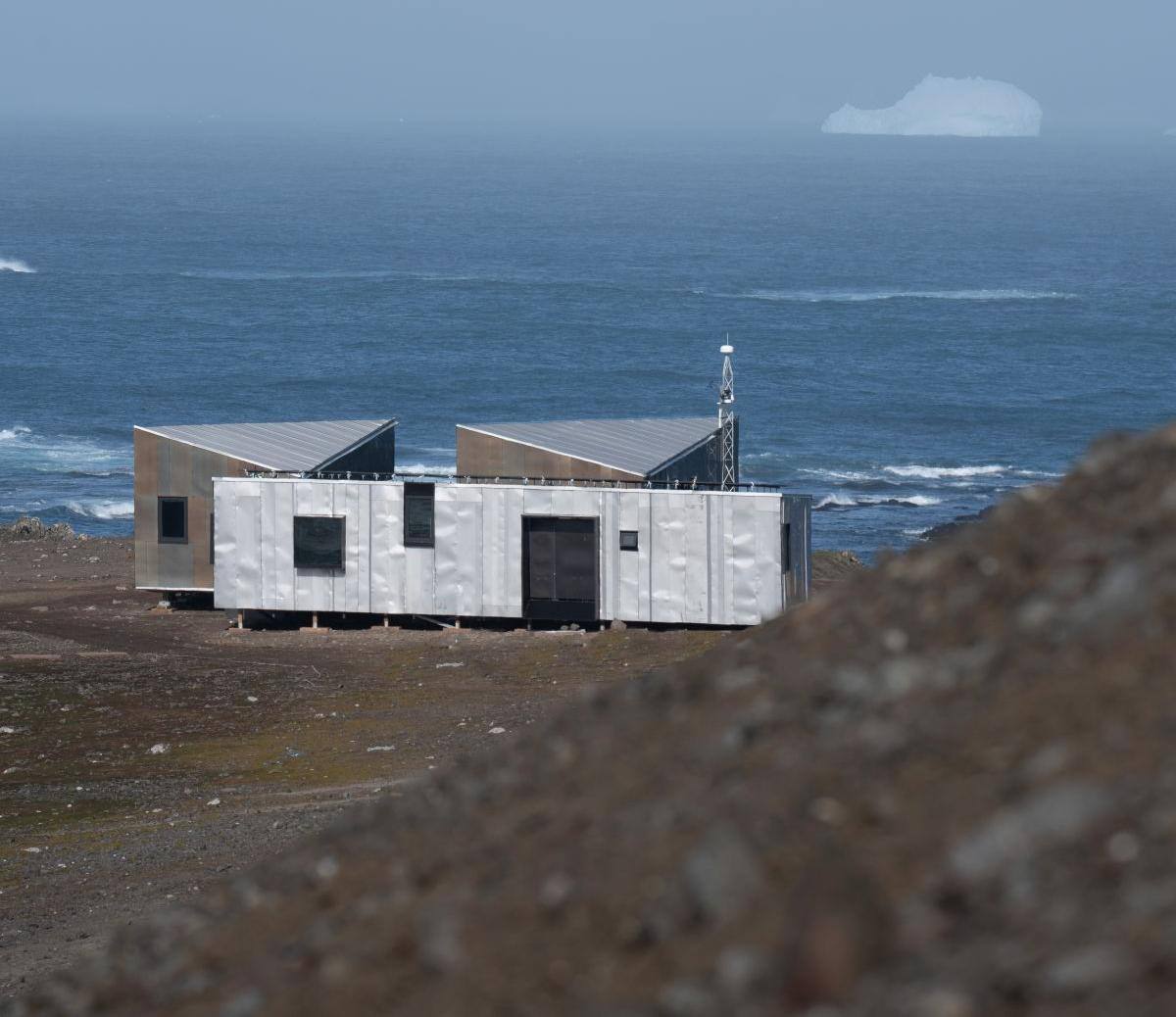Project Overview
NOAA - Cape Shirreff
End Use: The Antarctic Ecosystems Research Division of NOAA Fisheries conducts scientific research on the population dynamics, behavior, diet, and survival of Antarctic seabirds and pinnipeds on Livingston Island in Antarctica. After 20 years in the harsh Antarctic climate, their modest research facility fell into disrepair and required replacement.
The 2000 sq. ft. Holt Watters Field Camp was conceived to replace the deteriorating structures. Three buildings comprise the main campus; the fourth, a remote penguin research facility, is a short one-mile hike away.
The impact of the new buildings will enable the continuation of NOAA Fisheries’ long-term science-based, ecosystem-based approaches to management in the Southern Ocean and bring essential data to the scientific community around the globe.
Why SIPs?: SIPs allowed for a highly insulative, lightweight., prefabricated building envelope that other building techniques didn't provide.
Benefits of SIPs: The remoteness of the field station, which is only accessible by zodiac, required a pre-fabricated, lightweight, highly insulated, and nearly maintenance-free building solution. One that could be pre-fabricated offsite and reassembled in less than two months during Antarctica’s austral summer. The flat-packed building components were required to be no larger than 1’x4’x16’ to fit on zodiacs and light enough to be lifted by no more than four people. SIP constructions allowed for a building that could meet these requirements.
Innovative Design Elements / Structural Engineering Involved: The offset gable roof forms of the two main buildings take their shape to collect rainfall, the only source of water for the scientists. The long, thin building behind the two main structures acts as a wind fence, keeping snow from accumulating in the courtyard. The long building also houses the P.V. array, which provides the only source of power for the camp.
Certifications: The building is located in Antarctica and was not able to be certified as LEED due to how remote it was.
HVAC: The HVAC system is an HRV with in-line electric heaters sized to run entirely off-grid. This helps dehumidify the air, a necessary requirement based on its proximity to the ocean.
Energy-Saving Materials: Light-interfering color stainless steel cladding and stainless roofing help create a maintenance-free facade over the SIP core. The openings are fitted with triple pane windows. Water-resistant Meranti plywood clads the interior.
Energy-Efficient Products or Design Features: LED lighting, in-line on demand HWH at the shower, and a fully off-grid power system comprised of a solar array and wind generation.
Solar Panels?: The campus is completely off grid powered by a wind generator and a 21 panel PV array with battery backup.
Sustainable Materials Not Listed Above: All Low-VOC Oddie's oil on the interior, no paint, and 75% minimum recycled content stainless steel cladding and roofing.



